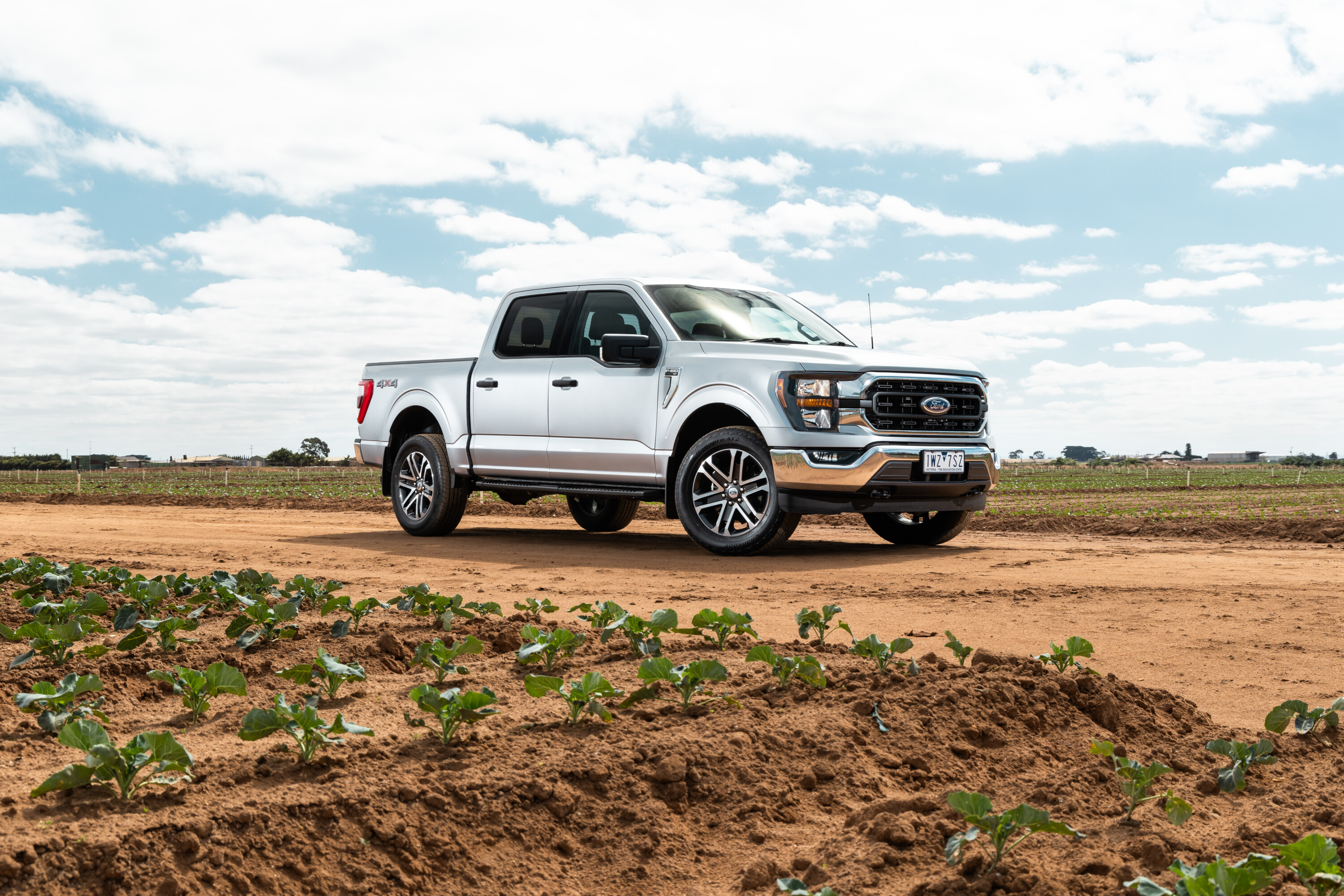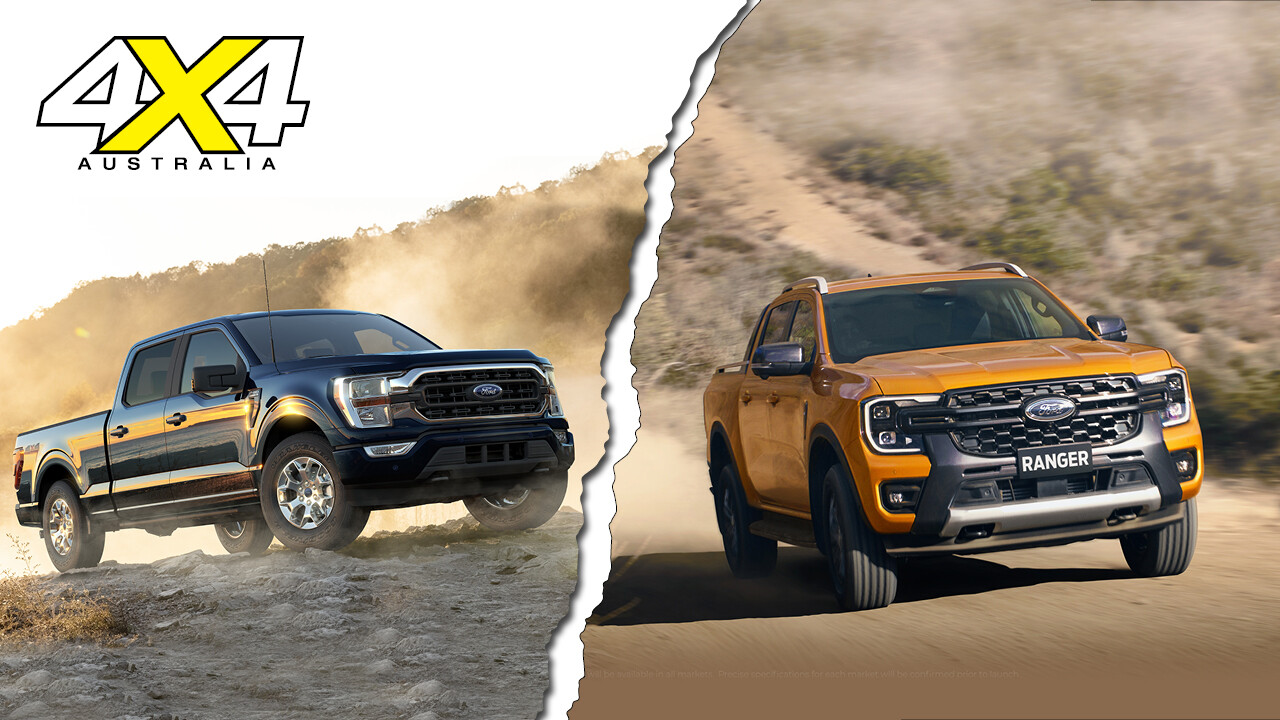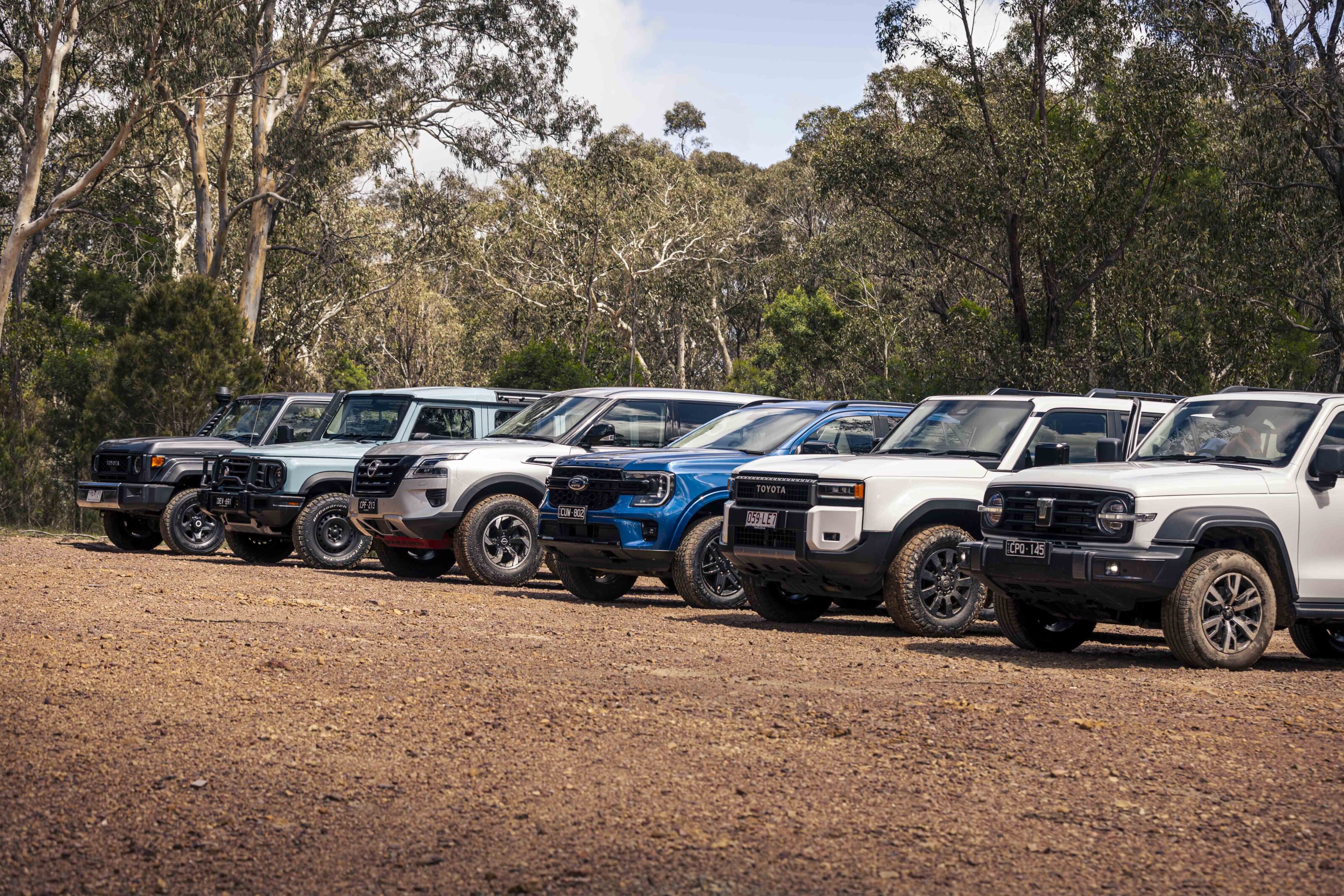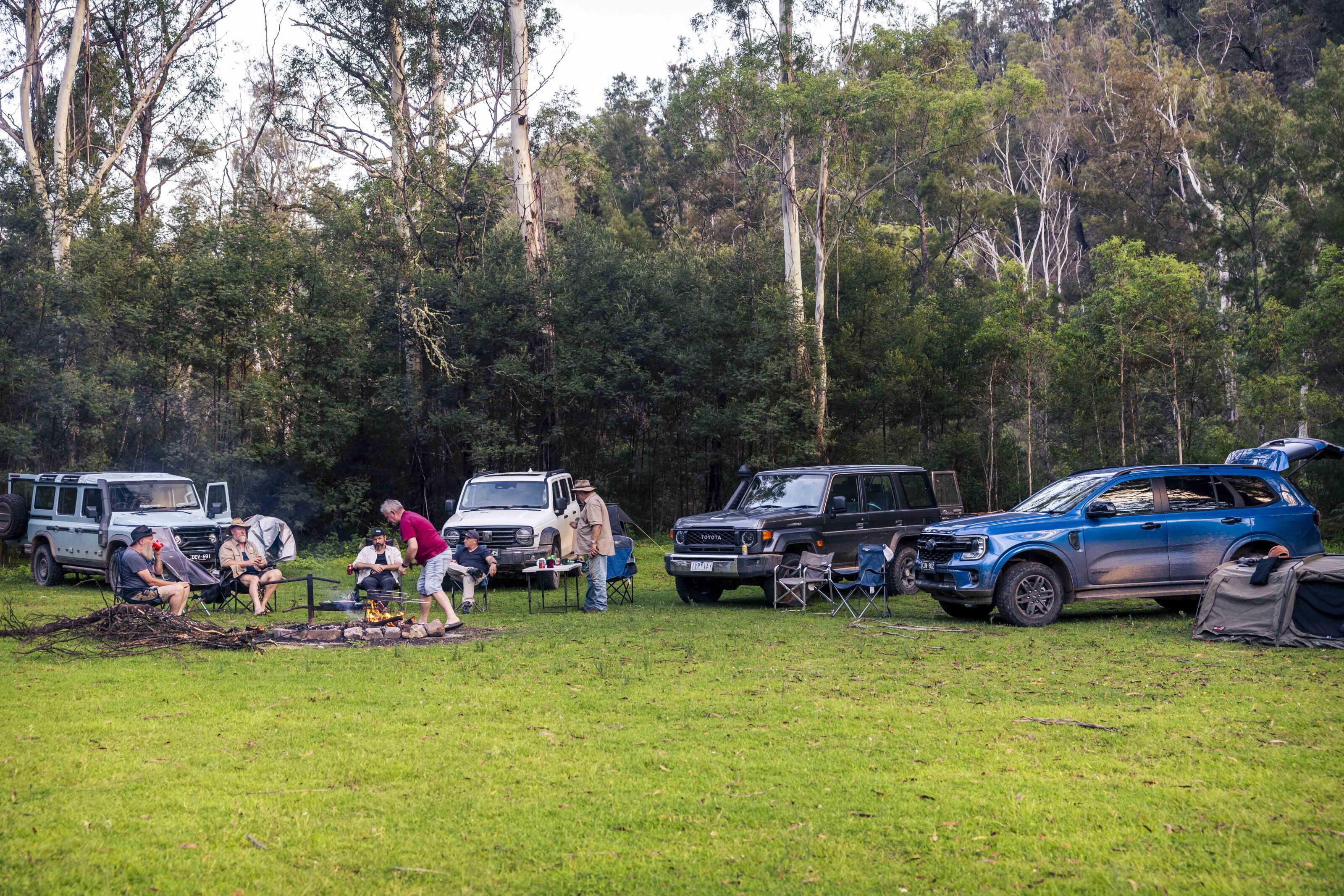Things we like
- Excellent ride quality and control
- Refined cabin
- Ecoboost engine performance
Not so much
- Small A/V screen in XLT
- Low payload
- No full-time 4x4 in XLT
Ford Australia has jumped back into the emerging full-size pick-up market with the return of the iconic F-150 half-tonne truck.
Available in just two specification models – XLT and Lariat – and a choice of two wheelbases and bed lengths, the 2023 F-150 starts from $106,950 plus ORC for the XLT SWB.
This makes the entry level F-150 the lowest-priced full-size American pick-up truck currently being offered by factory-backed distributors, as the RAM DS range is being run-out and the entry to the RAM DT Big Horn starts at $119,950.

There are only two cost options on the 2023 F-150, an extra $995 extends the wheelbase by 304mm to 3987mm and the cargo bed from 1676mm to 1981mm, and any colour other than plain white will add extra expense.
The 2023 F-150 Lariat starts at $139,950 (+ORC) for the SWB/short-bed model and goes up to $140,945 (+ORC) for the LWB/long-bed variant.
All variants of the F-150 in Australia are built to an Australian-spec in Detroit with an Australian-specific VIN, despite being built as left-hand drive. They are remanufactured from left- to right-hand drive in Melbourne at a new, purpose-built facility run by RMA, where the motto is that the vehicles are built to standards equal to or better than how they arrived from the USA. It is claimed by some that these F-150s are some of the best built in the world.
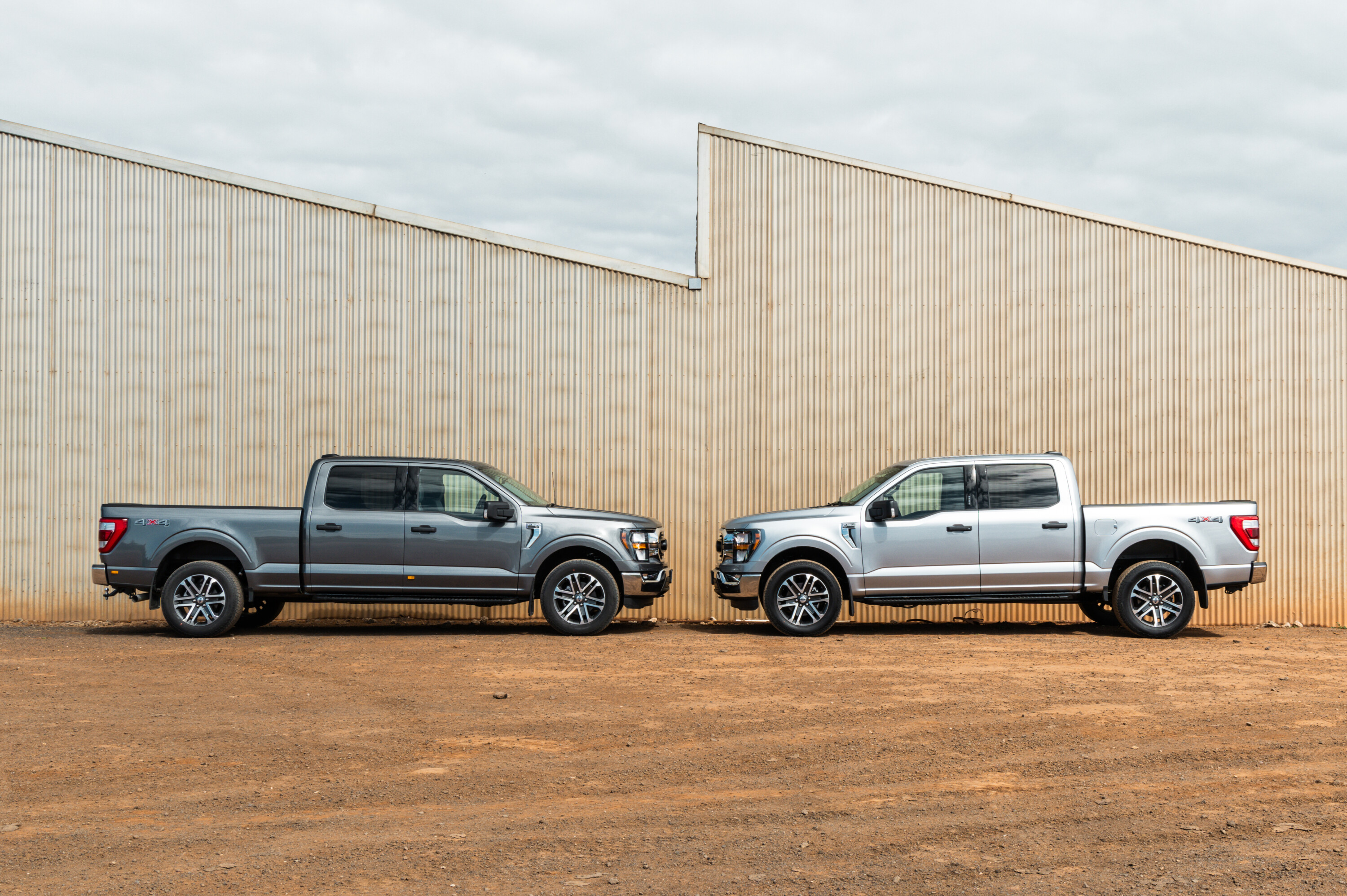
All Australian F-150s are powered by the same 3.5-litre petrol-fuelled twin-turbo V6 engine that makes 298kW and 678Nm and is backed by a 10-speed automatic transmission.
Both F-150 variants are 4×4. The XLT employs a conventional part-time/dual-range four-wheel drive system, but the Lariat adds a transfer case that has a 4×4-auto setting to allow all-wheel drive on sealed and hard-pack road surfaces – just like you find in the higher-spec Ford Ranger models.
JUMP AHEAD
Interior and safety
Both F-150 models are relatively well-equipped, but, as you would expect, the Lariat gets considerably more premium features to almost justify its $30K price hike.
Standard equipment on both models include 20-inch alloy wheels, chrome bumpers, side steps, underbody skid plates, a spray-in bed liner, and cargo management locking cleats in the bed.
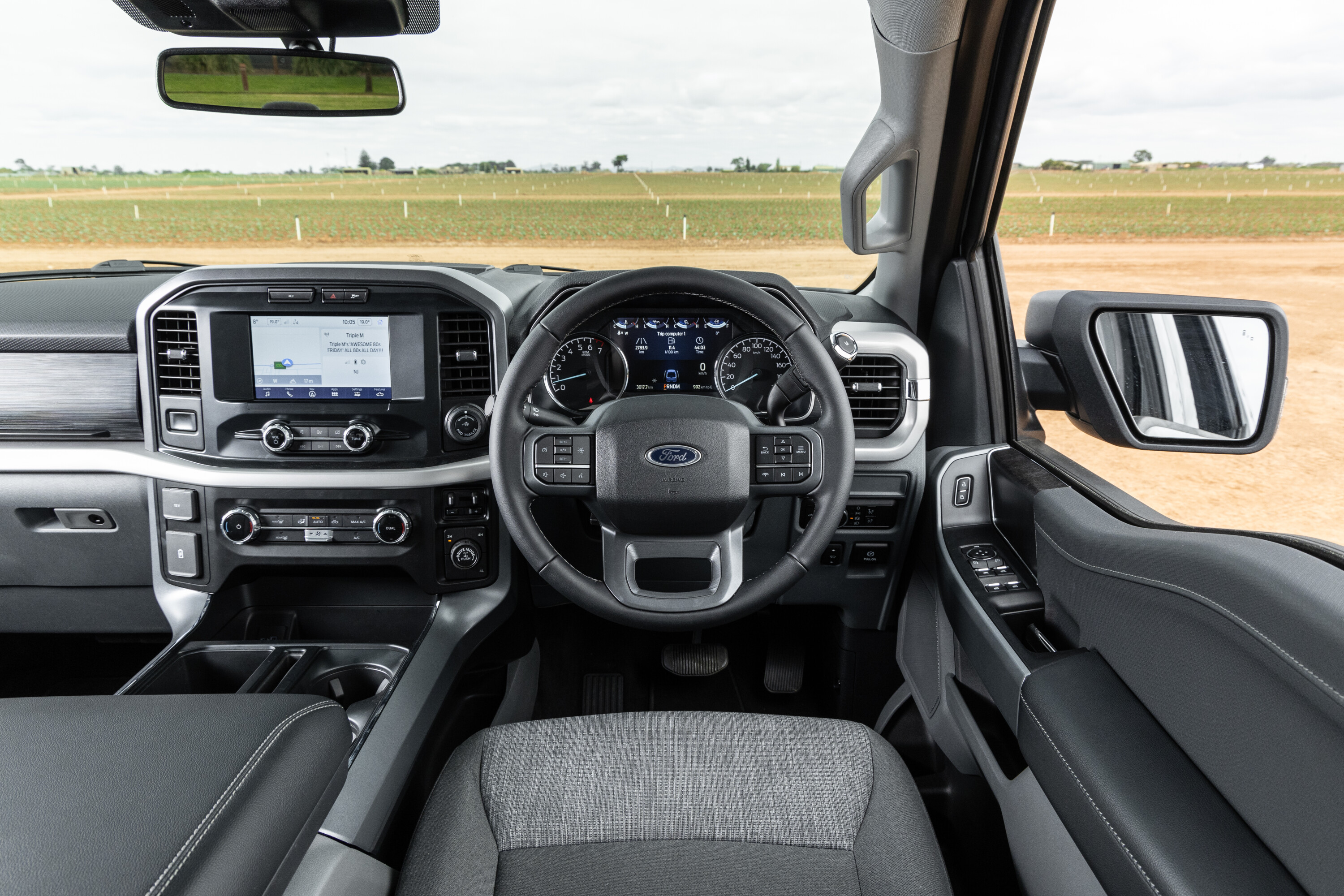
Inside you’ll find a SYNC 4-enabled centre touchscreen (eight-inch in the XLT and 12-inch in Lariat); in-built sat-nav; Apple CarPlay and Android Auto; a 12-way powered driver’s seat and 10-way powered front passenger seat; power-adjustable foot pedals; dual-zone automatic climate control; Ford Pro-Trailer back-up assist; and plenty of room for five adult passengers.
| Safety features | |
|---|---|
| AEB, ABS, ESC and ETC | Pre-collision assist |
| Six airbags | BLIS with cross-traffic alert and trailer tow coverage |
| Rear view camerau00a0 | Lane-keeping aid |
| Driver alert system | Parking sensors |
Some safety features in the Lariat the XLT misses out on include front parking sensors; a 360° camera; adaptive cruise control with stop-and-go and lane-centering; evasive steering assist; speed sign recognition; and wireless phone charging for compatible devices. There’s certainly nothing missing that would make it a deal-breaker.
What’s underneath
As all Australian F-150s include the Towing Pro pack as standard, the chassis comes with a heavier duty rear section than what is standard on the model.
The front end uses independent suspension with coil springs, while the live axle is under the back on leaf springs. The rear axle has a locking differential in both grades.
Ford claims the F-truck will leave a Raptor behind in the 0-100km/h dash
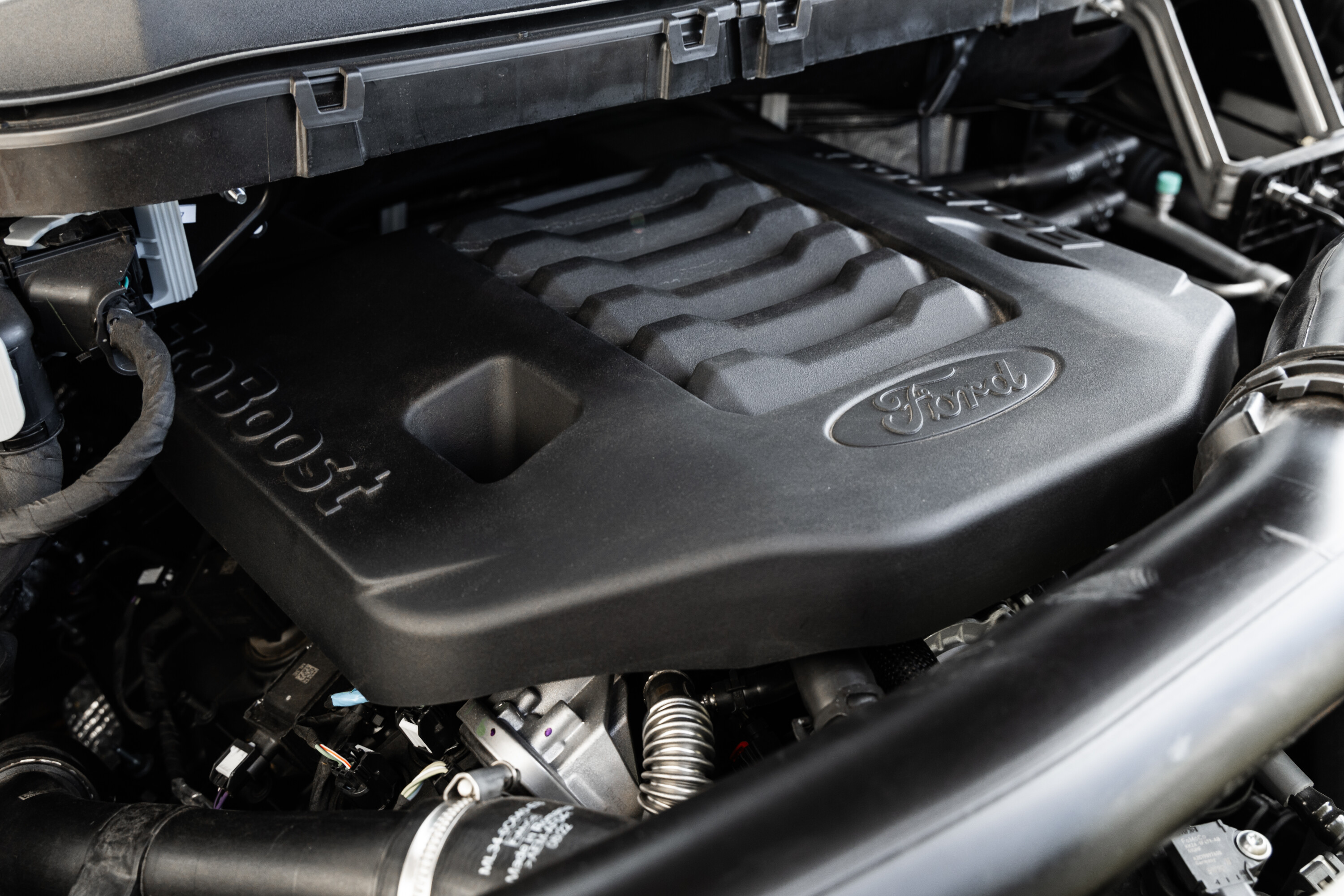
The V6 ‘EcoBoost’ 3.5-litre engine comes from the same family as the Ranger Raptor’s 3.0-litre version, and, as you would expect of the larger capacity, it makes more power and torque than the Raptor. While it doesn’t have the sound of a V8 engine, the Ford V6 makes more torque than the V8s found in both the RAM and Silverado 1500.
Interestingly, with its body made mainly of aluminium, the F-150 XLT SWB weighs 2471kg, which is similar to the smaller Ranger Raptor, and Ford claims the F-truck will leave a Raptor behind in the 0-100km/h dash.
Performance
Our time in the F-150 at the vehicle’s launch didn’t include such sprints, but the engine feels strong and powerful without really pushing you back in the seat when you put your foot down. Nor was it lacking grunt with a near-on three-tonne trailer hooked up behind it; although, it must be said the terrain was all flat with no hills or off-road driving.
The 10-speed auto responds well to throttle input, with firm and sharp shifts when you put the boot in. It’s smooth and seamless on the highway and under light throttle, with no evidence of it hunting for ratios.
Using the column shifter takes a minute to get used to, but you soon forget about it. The buttons on the end of the shifter for manual gear selection are less than ideal if you prefer to make your own gear choices to suit the driving conditions.
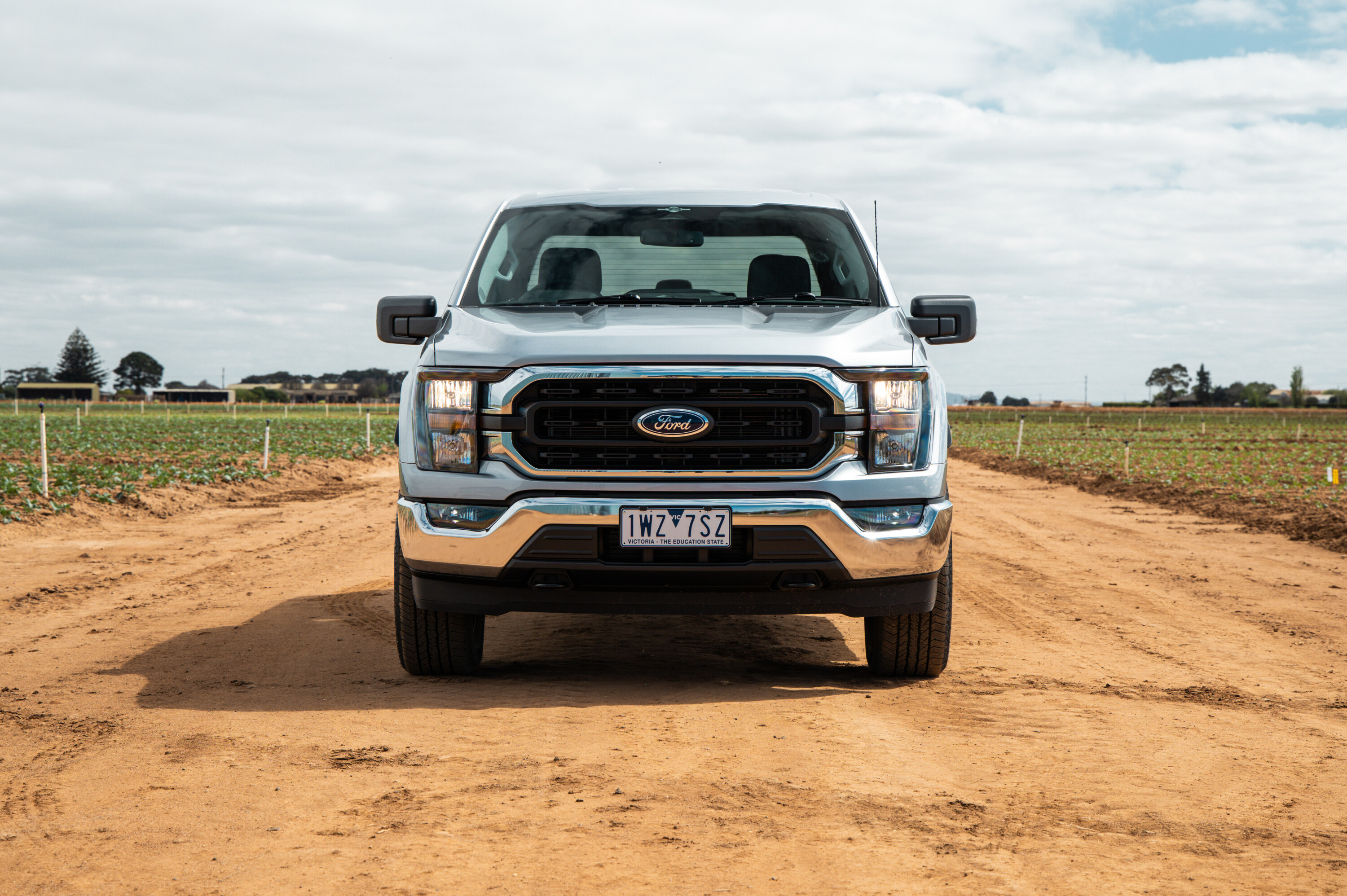
Ford claims 12.5L/100km fuel use on the combined cycle; and with a 136-litre fuel tank coming standard on Australian models, it gives the driver plenty of touring range.
While there was no off-road component to the drive, we did cover some pretty crook secondary roads where the suspension did an excellent job of managing the unladen truck and keeping it controlled at speed. At times there was a little bit of hop from the rear axle to remind you that you were in a leaf-sprung full-size pick-up and not a passenger car.
Overall, the driveline, suspension and cabin delivered a very well-mannered, quiet and refined ride quality on all manner of roads we sampled on the launch.
Capability
Full-size pick-up trucks might be big but their standard payloads don’t reflect this, with the XLT rated to 769kg and the Lariat to 686kg with the SWB and short bed.
The LWB does a bit better at 794kg and 710kg for the models respectively, but still falls well short of what we get from the mid-size 4×4 utes such as Ford’s own Ranger and its competitors.
Where the full-size trucks fare better is in their towing capability, with ratings up to 4500kg when equipped with a 70mm tow ball or 3500kg on a standard 50mm tow ball. GCM for the Effie is 7765kg, so even if you were to load the trailer to the maximum rated 4500kg you would still have a usable 700kg+ payload for passengers and cargo.

As mentioned, Australian F-150s come with the Tow Pro package that gives you a tow bar that was locally developed and manufactured to meet the Australian standards for a 4500kg rating, and it comes with a 70mm ball as standard.
The kit also includes a system that is claimed to make reversing a trailer easier for inexperienced operators. It uses the rear cameras and a yaw sensor fitted to the trailer to guide the driver, who uses a dial and not the steering wheel to steer the vehicle and trailer back. This system felt fiddly and unnatural and I reckon I could learn to reverse a trailer the conventional way as quickly or quicker than learning this alternative. But it’s a neat party trick.
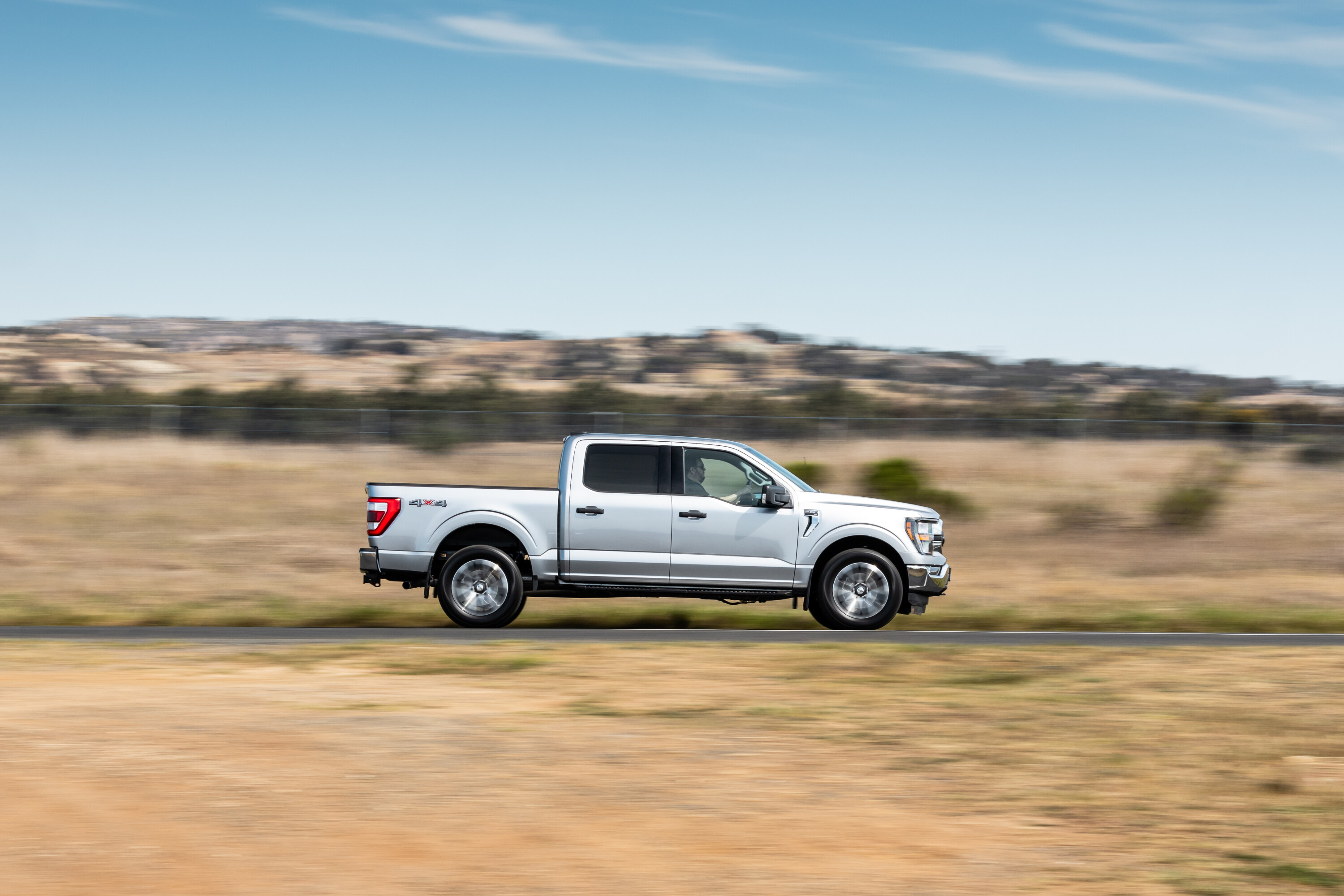
Towing heavy trailers with high-torque trucks easily spins the wheels when towing in two-wheel drive, and we found this in the dry in the XLT – it would be worse on wet or gravel roads and would be worth considering an upgrade to the Lariat if towing a large trailer is your thing. Having the AWD ability of 4A in the transfer case would make it safer and easier on the gear.
As one of the highest-selling vehicles in the world, there is plenty of aftermarket equipment available for the F-150 from the USA and a limited amount from Australian suppliers. With Ford’s strong ties to ARB via its approved products for the Ranger, and with ARB’s huge presence in the USA, we are expecting more gear from them and other manufacturers for the Aussie models soon.
Verdict
While Ford has dabbled in F-Series trucks in Australia a few times over the 75 years of the model’s history, it’s only been the factory-supported efforts of RAM and Chevrolet that have really motivated the segment in this country.
Ford hasn’t gone in half-hearted and is working very closely with the team at RMA to create a vehicle that, in some ways, is better than what was originally manufactured in the USA.
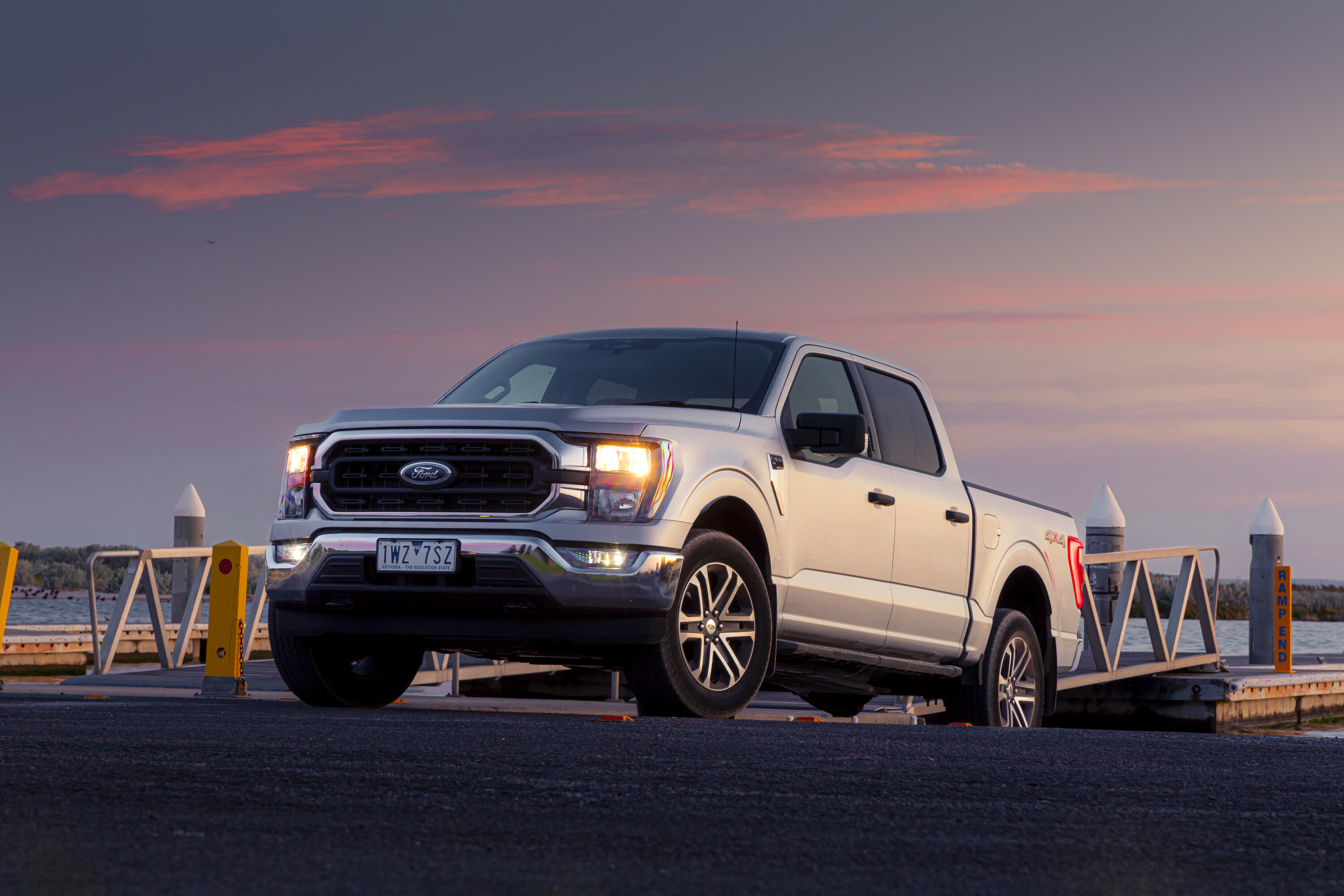
This shows in the way the new F-150 drives on our roads, how everything works as it should, and the attention to detail in the re-manufacturing process. It has delivered a truck that looks and feels like it was always made this way. Having this close relationship between the OEM and the remanufacturer, and the access to ford’s IP and parts, certainly allows the collaboration to deliver a more complete and refined package than what most grey import dealers can offer or produce.
The F-150 is covered by the same five-year/unlimited kilometre warranty as other new Ford vehicles sold in this country.
Ford USA recently unveiled its 2024 F-150 with a facelift and specification changes, and Ford Australia says we should get this revised model late in 2024.
| Ford F-150 XLT SWB specs | |
|---|---|
| Price | $106,950 +ORC |
| Engine | Turbocharged petrol V6 |
| Capacity | 3496cc |
| Max power | 298kW @ 6,000 rpm |
| Max torque | 678Nm @ 3,100 rpm |
| Transmission | 10-speed automatic |
| 4×4 system | Part-time, dual range 4×4 |
| Construction | Aluminium 4-door ute cabin and tub on a steel ladder frame chassisu00a0 |
| Front suspension | IFS with coil springs |
| Rear suspension | Live axle on leaf springs |
| Tyres | 275/60 R20 |
| Weight | 2451kg kerb |
| GVM | 3220kg |
| GCM | 7720kg |
| Towing capacity | 4500kgu00a0 |
| Payload | 769kg |
| Seats | 5 |
| Fuel tank | 136L |
| ADR fuel consumption | 12.5L/100km combined |
| On test fuel consumption | N/a |
| Approach angle | 24.3u00b0 |
| Rampover angle | 20.0u00b0 |
| Departure angle | 25.3u00b0 |
| Ground clearance | 239mm |
Things we like
- Excellent ride quality and control
- Refined cabin
- Ecoboost engine performance
Not so much
- Small A/V screen in XLT
- Low payload
- No full-time 4x4 in XLT


